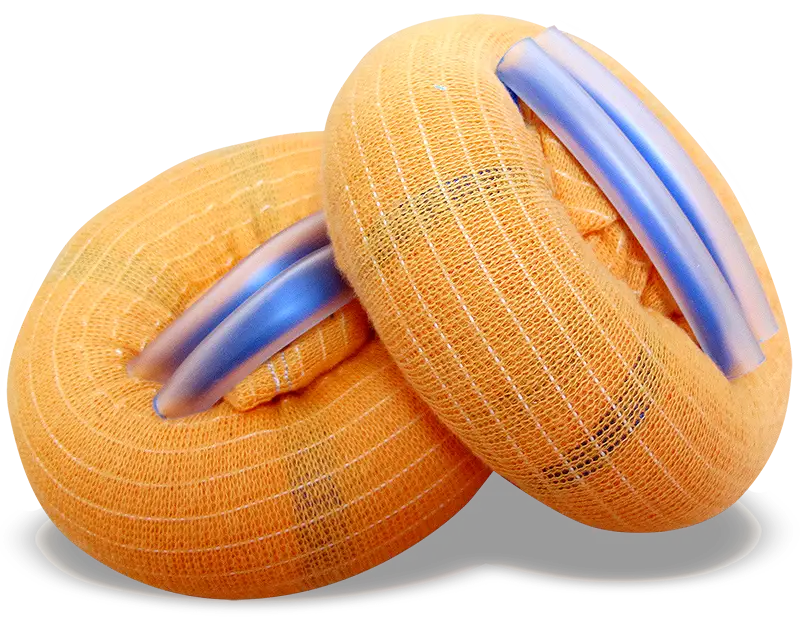Hemashock
Startseite > Products > Hemashock

Hemashock
The innovation for the treatment of hemodynamic shock and circulatory arrest
HemaShock® – The auto-transfusion emergency tourniquet
Patients suffering from hemorrhagic shock or cardiac arrest can in many cases be helped by restricting blood flow in the extremities, especially in the legs.
The solution: HemaShock® – Safe | User-friendly | Fast
The Auto-Transfusion Emergency Tourniquet – HemaShock® pushes the patient’s own blood with all its clotting factors and intact oxygen transport capacity from the legs (if necessary also from the arms) into the center to the vital organs. The re-entry of arterial blood flow into the corresponding extremities is blocked.
The general physiological effects of using HemaShock®:
- Increased venous return to the heart
- Increased stroke volume
This results in:
- Increased systolic blood pressure
- Increased diastolic blood pressure
It is indicated for patients with a systolic blood pressure of less than 80 mm Hg caused by hemodynamic shock or circulatory arrest
- HemaShock® as a transfusion device
- In a patient suffering from shock due to blood loss, HemaShock acts as an automatic transfusion device. The blood from the extremities wrapped with HemaShock is diverted to the vital organs.
- HemaShock® as a tourniquet
- If there is a bleeding leg injury, first place HemaShock® on the injured leg. HemaShock® serves as a TOURNIQUET when it is rolled up higher than the injury.
- After HemaShock® has been positioned, the stocking-like mesh can be cut off above the injury. This ensures improved and blood-free access to the injury and better anatomical visibility.
- If the leg is fractured and unstable, apply axial traction. Pull the foot distally while rolling HemaShock® upwards.
- HemaShock® should not be left on an extremity for more than 120 minutes.
- The exact time of application of the HemaShock® should be noted on the label(s) provided and clearly marked on the appropriate limb(s).
- HemaShock® consists of a tight silicone ring that can be securely rolled onto the corresponding extremities using the integrated drawstrings.
- HemaShock® cannot be removed accidentally.
- Removal of HemaShock®
- The HemaShock® should be unrolled manually in small steps to prevent a sudden drop in blood pressure.
- The patient’s blood pressure should be measured after each step.
- If the blood pressure falls below 80 mm Hg or other symptoms of hemodynamic instability (e.g. excessive tachycardia, cognitive deficits) occur, the HemaShock® should be rolled up again using the integrated pull straps.
- The HemaShock® is easy to use, requires minimal instruction and can also be used by people without a medical background.
- HemaShock is placed over the foot or hand and rolled over the limb using the integrated drawstring mechanism.
- Compared to other anti-shock garments, HemaShock® is
- Space-saving (HemaShock set of two weighs 0.32 kg)
- Intended for single use
- Not affected by atmospheric pressure or temperature fluctuations
- Cost effective
- HemaShock® can be rolled over the leg by a paramedic in about 30 seconds. This procedure can also be carried out during transportation in an ambulance.
- Tip: Take off the shoes beforehand. It is not necessary to take off pants.
DOWNLOADS
- HemaShock Brochure
- HemaShock Intro for Hemorrhagic shock June 2022
- HemaShock Hemorrhagic Shock – Summary of First 10 Patients
- HemaShock user guide
- HemaShock-in-Action-Instructions
- A-TT reanimation of cardiac arrest patients – retrospective chart review
- Auto-transfusion tourniquets – the next evolution
- Cardiac arrest – Patient 005 case report
- Successful exsanguination tourniquet reanimation of a cardiac arrest patient with implanted defibrillator
- Tourniquet assisted cardiopulmonary resuscitation in Porcine model
- Declaration of conformity HemaShock
